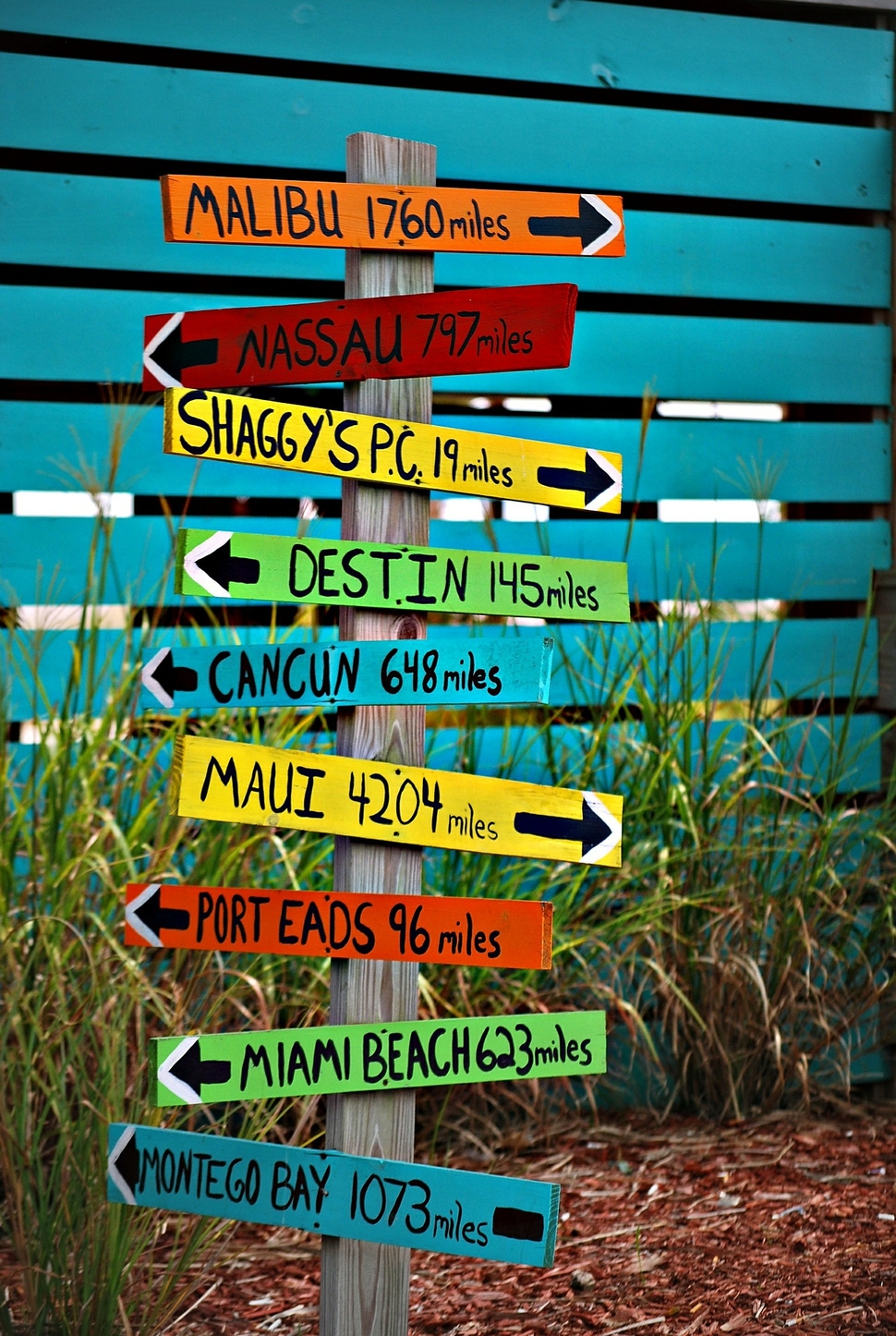In this section we reflect on our own research and vision in the light of the work of our fellow teams. We identified what goes along with our vision and what could cause friction. We summarize those findings in the table below.
|
Sub-system |
What goes along with our vision |
What causes friction |
Remarks |
|
All groups |
Most groups want to change the mindset of Texelaars in order to reach their goals, whereas we want to change the mindset of Texelaar such that they continuously achieve their goals and set new ones. |
Many groups aim for the isolation of Texel in their specific topic, with the objective to achieve self-sufficiency. We see a difference between self sufficiency and isolation, because a socio-technical system can perfectly use external resources such a financing or knowledge. |
|
|
Sustainable entrepreneurship |
They want to speed up innovation. We want entrepreneurs to invest in innovative ideas, so this matches well. |
If they mean financial isolation, this does not go along well with our desire to attract funding from outside Texel. |
|
|
Feed Texel |
Increase in food production in the island might require innovation for technology and for business models. |
The system’s goal seems static: once the supply-demand system is established, it stops evolving. |
We don’t think is it desirable and realistic to achieve full self-sufficiency (isolation?) on this topic. |
|
Teach your own |
This team aims that 80% of university schooled ex-inhabitants returns to the island. This is the young and innovative generation which thinks innovatively and contribute to our sub-system. The other way around, an innovative culture on Texel will attract more university schooled to return. When making education more interactive, students are offered activities during education time. These activities can include innovative projects. |
The number of 80% of people coming back sounds undesirable and unrealistic to us. There are many opportunities to connect innovation to education, eg. to stimulate the education of craftsmen who are skilled in typical Texel-skills. |
|
|
Sustain lifestyles |
This group wants three target groups to be more aware of the sustainable initiatives on Texel. This includes awareness on sustainable innovations, increasing interactions with other stakeholders. Also, Texelaars are desired to support the sustainable goals. Both stimulate our system. |
||
|
How to get there |
Challenges are ambitious and will require continuous innovation. Our vision attracts more tourists during winter times, so capacity problems are expected to be limited. |
Our vision would attract more visitors to the island, which might be an added challenge to the transport system. |
|
|
Accommodate |
The creation of winter or green events or attractions. They also want to bring more visitors to the island. As a result they want to improve the popularity of the island, which also matches our goal as the “knowledge island”. |
‘Knowledge-tourists’ that we aim to attract are considered as ‘normal tourists’ by this team. |
|
|
Organic matter matters |
Closing the materials loop in the island: in the future, waste does not exist. Again, this requires technological innovation but also business models innovation. |
This team did not yet specify how they will make compost and what they will do with it. |
|
|
Regenerate inorganic waste |
Many new technologies are required when this sub-system aims to process all waste on the island. |
When this group decides to keep transporting the waste to Den Helder, no technologies nor innovation are required. |
Overall, many ambitions from other groups contribute go along well with our plans, because they need innovation for realizing their ambitions. However, most groups don't use the mindset of continuous innovation which might cause friction along the way.
